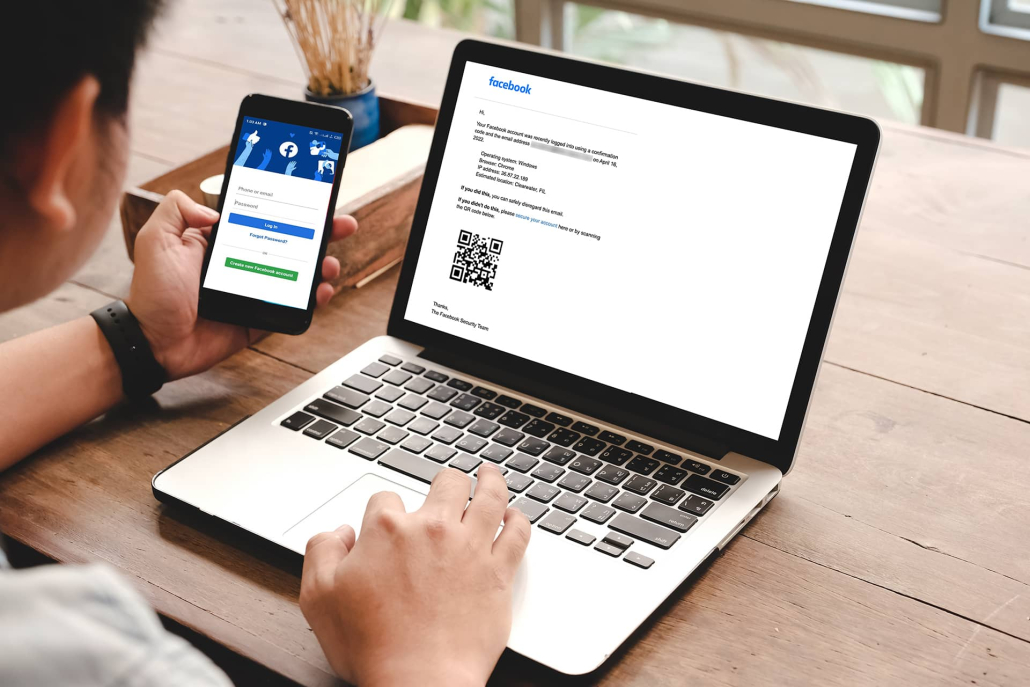Don’t Get Scanned: Understanding QR Code Security
QR codes, those ubiquitous black-and-white squares, have become a familiar sight in our daily lives. From restaurant menus to product packaging, they offer a convenient way to access information or complete actions with a quick scan from your smartphone. However, with this growing popularity comes the potential for misuse, making it crucial to understand QR code security.
The Phishing Threat:
Phishing attacks, where cybercriminals try to trick you into revealing personal information or clicking malicious links, can also leverage QR codes. These QR code phishing scams use deceptive techniques to lure you into scanning a code that leads to a fake website. This website may resemble a legitimate one, such as your bank or a popular retailer, and trick you into entering your login credentials or financial information.
How to Stay Safe:
Here are some key steps to ensure safe QR code usage:
- Beware of suspicious codes: Don’t scan QR codes from unknown sources, like random flyers or posters. If a code is in an unexpected location, it’s best to avoid it.
- Manually enter information: Instead of scanning a code that leads to a login page, manually type the legitimate website address into your browser. This way, you can be certain of the website’s authenticity.
- Use a QR code scanner app: These apps often include additional security features, like URL verification, which can help identify potentially malicious links before you click them.
- Educate yourself and others: Raising awareness about QR code scams is crucial. Share information with friends, family, and colleagues on how to identify and avoid these phishing attempts.










